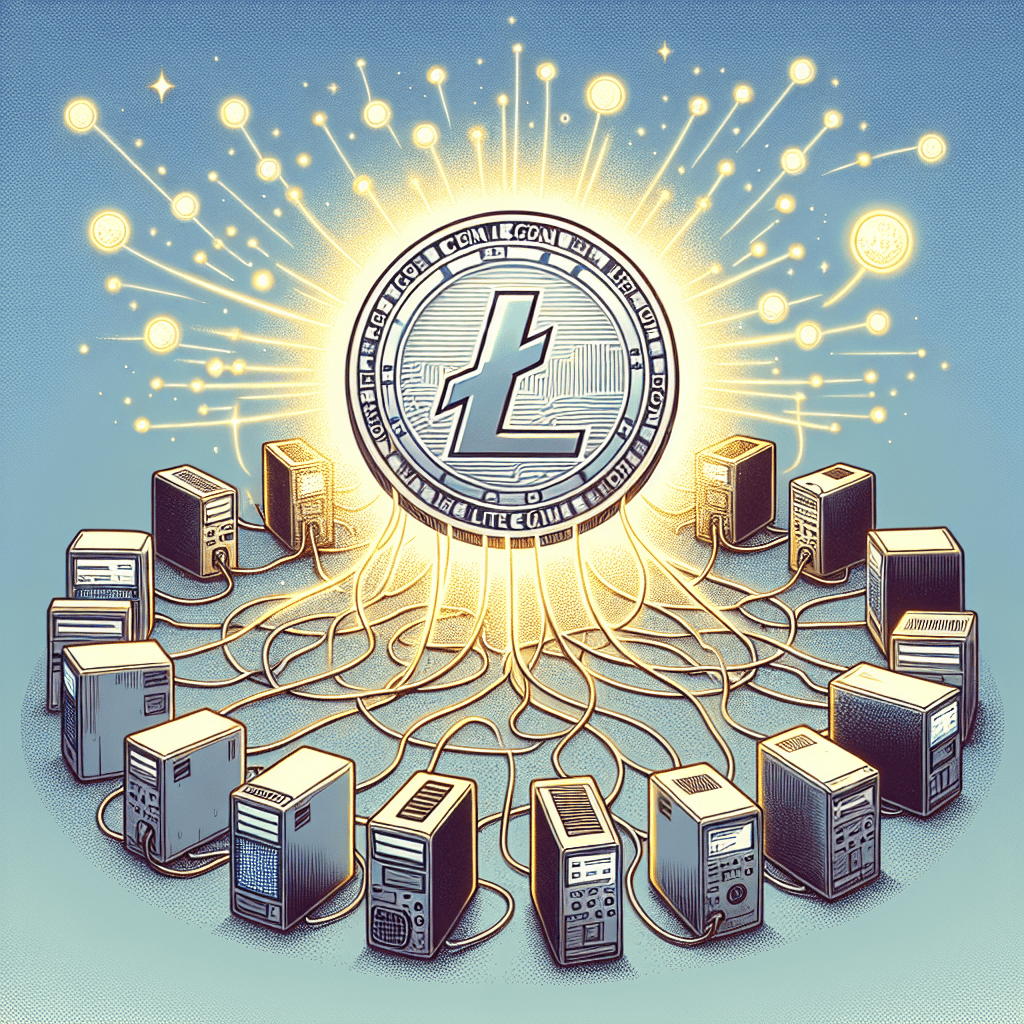Introduction
In the rapidly evolving world of cryptocurrency, one name that consistently stands out is Litecoin. Developed in 2011 by Charlie Lee, Litecoin was created as a “lighter” version of Bitcoin, designed to facilitate faster transaction times and lower fees. A significant aspect of Litecoin’s operational efficiency is its underlying algorithm: Scrypt. This article delves into the Scrypt mining algorithm, how it differentiates Litecoin from Bitcoin, and its implications for miners and investors alike.
Understanding Scrypt
At its core, Scrypt is a proof-of-work algorithm that was specifically designed to be more memory-intensive compared to its predecessor, SHA-256, used by Bitcoin. This increased memory usage makes Scrypt resistant to application-specific integrated circuits (ASICs), which are specialized hardware devices created primarily for mining cryptocurrencies. As a result, Scrypt mining is often accessible to a wider range of users, particularly those employing standard hardware such as CPUs and GPUs.
Advantages of Scrypt Litecoin
One of the primary advantages of Scrypt is its promotion of decentralization in the mining process. By lowering the barrier to entry, Scrypt enables more individuals to participate in mining activities, thereby distributing power more evenly across the network. This contrasts starkly with Bitcoin mining, where a few large entities often control significant portions of the network due to the efficiency of ASIC mining rigs.
Moreover, Scrypt allows Litecoin to achieve faster block generation times. While Bitcoin generates a new block approximately every ten minutes, Litecoin accomplishes this feat every two and a half minutes. This quicker turnaround affords Litecoin the capacity to process transactions more swiftly, which is an attractive feature for both users and businesses.
Challenges and Considerations
Despite its advantages, the Scrypt algorithm does pose challenges. The requirement for more memory can lead to increased operational costs, particularly in the wake of rising electricity prices. Moreover, as mining technology evolves, there is a growing trend towards Scrypt-compatible ASICs, which could undermine the decentralized ethos that Scrypt initially aimed to support.
Future of Scrypt Litecoin
The future of Litecoin, and by extension Scrypt, appears promising but requires careful navigation. As institutions and individual users increasingly recognize the potential of cryptocurrencies, the demand for fast and efficient payment solutions will likely grow. However, for Litecoin to capitalize on these opportunities, it must address the challenges posed by technological advancements and maintain its commitment to decentralization.
Conclusion
In summary, Scrypt is a critical component of Litecoin’s functionality, providing advantages in decentralization and speed. While it faces challenges associated with technological progress and increased specialization, the algorithm’s design holds significant promise for the future of cryptocurrency transactions. As the market continues to evolve, understanding the interplay between Scrypt and Litecoin will be essential for investors, miners, and users alike seeking to navigate the complexities of the crypto landscape.



